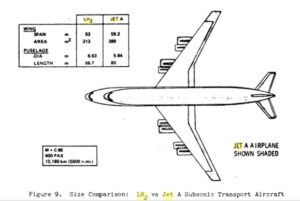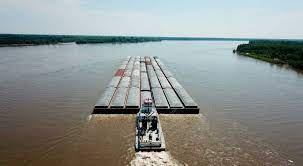Lucas Kunce said in a campaign ad on Twitter, “Spending more of our money and blood on war and nation building overseas might make defense contractors, oil companies, and foreign oligarchs richer — but it won’t make our country safer or stronger. Investing in production and good jobs here at home will. Nation build America.” He also said in another Tweet, “For years, we’ve had politicians waste trillions on foreign wars instead of investing in Missouri and the American people. I’m running for Senate because it’s time to nation build America — and I’m proud to have the support of @VoteVets and their 1.5M-member movement. Join us”
It’s never clear to me what production he champions, and are the jobs good because they pay well, or because they help people, or that they improve American competitiveness. This is always vague, probably because his focus is on all the evil rich people.
I don’t believe in spending money without getting something in return. In my plan, I believe in improving American competitiveness. I am a firm believer in Yankee Ingenuity, and I think the Federal government can invest in our economy in programs that will improve our competitiveness. People get angry at China because they out compete us using slave labor. This is true, and they also flood our markets with shoddy goods. But the truth is that much of our loss is that we lost/are losing our technological edge.
In this blog post, I advocate a Green energy investment that I believe will improve our competitiveness. It is an example of how smart engineering can bring about real advancement.
Green energy investment relies on batteries. America is having a difficult time competing in battery production because it can be marketed as a commodity item, and many companies can out-produce us. So why are we trying to compete in a market that we lose? And there are two problems with batteries.
1.) They eventually fail, and you have to buy new ones.
2.) They are heavy.
It is easy to see why gasoline has been the preferred fuel for over a hundred years.
A reference here says that car batteries may need to be replaced after ten years in real world driving.
And that is why you probably will never see batteries powering airplanes.
I propose that we invest in a liquid hydrogen (LH2) powered jet transport. Hydrogen is net-zero, it produces no CO2. It is the ultimate green fuel. The money that we invest in engineering such a plane will result in a real advancement to American competitiveness. Work in turbine design. Work in high speed turbo pumps. Work in cryogenics. Work in aeronautical design, production, and testing. All of this work will advance American tech know-how.
Plans for this plane were thought out and presented back in 1975 during the 94th U.S. Congress in hearings before the Subcommittee on Energy Research, Development and Demonstration of the House Science and Technology committee (June 10, 12, 1975).

The LH2 jet body is a bit bigger to account for the liquid hydrogen fuel tanks, but the wingspan is a bit smaller. The key difference is that hydrogen fuel carries more energy per weight, while less energy per volume.
And the European Union has plans too. In the EU project “ENABLEH2” from 2018 – 2022, they are planning for a green Airbus jet by 2035.
This kind of a project is a good example of what I believe I can accomplish as U.S. Senator. If you agree, I encourage you support my campaign in the general election of 2022 for Missouri.
Added <2022-01-24 Mon>: I cite the testimony of the 94th Congress. It can be difficult to find a copy as that was 47 years ago. There is a Google books reference here. The section that talks about LH2 Commercial Jet transport starts on page 231 and is entitled “Hydrogen Fueled Transport Aircraft” and is written by G.D. Brewer of the Lockheed-California Co. of Burbank California.
Brewer writes about Supersonic transports (SSTs) and subsonic commercial jet transports. His discussion of the subsonic case starts on page 250.
Page 254 “The fundamental advantages gained from using hydrogen in aircraft stem from from substituting a high energy fuel for a lower energy fuel.”
Page 255 “In Table 8 , the conventionally fueled Jet A design is seen to be 34 percent heavier in gross weight , require over 3 times the weight of fuel , and to need engines that deliver 14 percent more thrust than its counterpart designed to use hydrogen fuel .”
“As in the case of the supersonic transport aircraft , the fundamental basis for the improved performance of the hydrogen – fueled design is the favorable tradeoff of its lift – to – drag ratio ( L / D ) and its specific fuel consumption ( SFC ) in cruise , relative to the equivalent Jet A – fueled design . Although the LH2 design suffers from a degraded L / D , due to the low density and cryogenic nature of hydrogen , the much more favorable operating value of SFC more than compensates .”
Brewer’s conclusion on page 259.
“It has been shown that there is an urgent need to develop a fuel to replace petroleum – based Jet A for use in commercial transport aircraft of the future . In addition , results of studies to date have shown that hydrogen is an outstanding candidate . Technically , there is no question concerning its superiority . The use of LH2 as fuel for both subsonic and supersonic transport aircraft results in designs which are lighter , quieter , use smaller engines , are able to operate from shorter runways , minimize pollu tion of the environment , and expend less energy in performing their mis sions than equivalent designs fueled with Jet A. In addition , the hydrogen aircraft are physically smaller in span and wing area , but characteristi cally have larger fuselages .”


